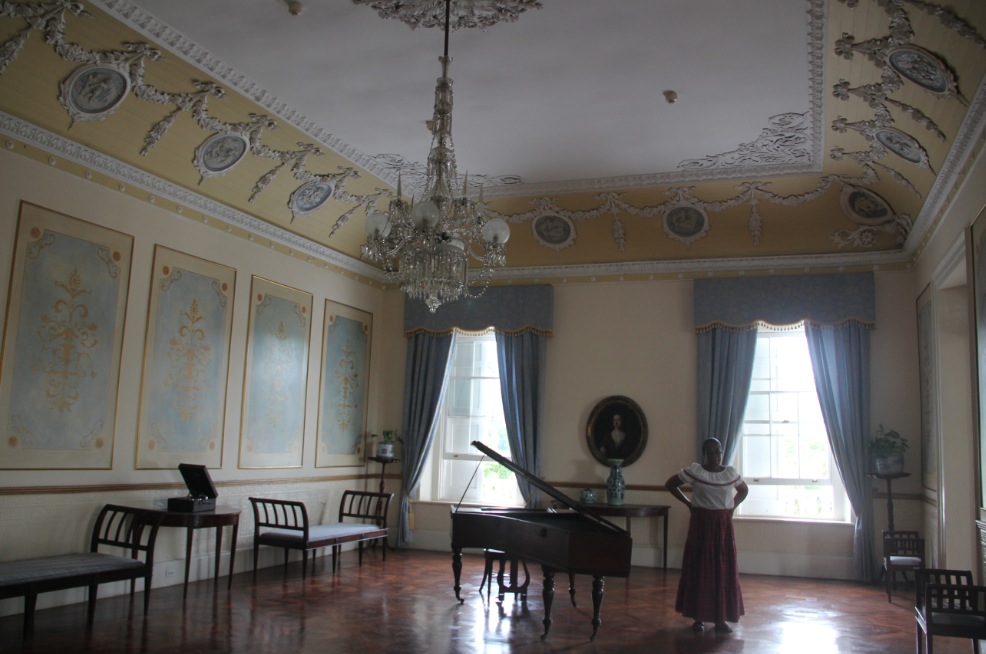Like most people, I make a list of places I want to visit when I travel and bookmark articles about interesting sites I’d like to see or restaurants I’d like to try. But the lists are just that and since my cell phone plan doesn’t include international travel, I can’t read the articles I’ve bookmarked without incurring fees to access them.
All isn’t lost, however. GPSMyCity is a new service that created a city walk app that embeds GPS navigation into travel articles. It also maps the route described in the article to show you the best attractions in over 750 cities around the world.

All you need to use the GPSMyCity city walk app as a guide is to download it to your phone – you won’t need an internet or a WiFi connection. Once you navigate to the city you’d like to visit, the app will show you where you are on the map and guide you to the next location. You can read any article from GPSMyCity however, if you decide you’d like to use a GPS-guided feature, you’ll need to pay $1.99 to upgrade. That’s less than a cup of coffee!
As a way of introducing you to this lovely concept, beginning today, January 30, 2017, I’ll be offering free upgrades to two of my article apps, The Awesome Splendor of Kingston’s Holy Trinity Cathedral and A Visit to the Bob Marley Museum.
To access these and other GPS-guided article apps or to browse by city for available article apps, click this link. Articles are free to download to your Apple device. Once you’ve downloaded the article, choose UPGRADE and pay $1.99. You will be linked automatically to an offline map and GPS navigation that will guide you through your tour. You only pay for the offline GPS-guided use.
Announced today, GPSMyCity announced today the addition of two new features to the iOS app: Audio and Custom Walk.
Audio. The audio function offers the option of having the article read to you as you walk rather than reading it yourself.
Custom Walk. This new Walk function allows you to select some or all the sights featured in the article and create your own self-guided walking tour to these sights.
The GPSMyCity app is available for download at the App Store.
The giveaway lasts until February 7, 2017.
Here are a few more articles that I have on GPSMyCity:
Note: If you choose to upgrade to one of my downloaded travel articles, GPSMyCity will send me a few cents to help me defray some of the costs of operating my travel blog.




















